The first of this (hopeful) series will look at the spaghetti diagram. In its simplest terms, a spaghetti diagram is a visual representation of how people or processes move in a factory or work cell. Specifically, it is how the process happens in reality, not how the process is supposed to work or how an ideal process happens. So this means going out to the floor and watching and recording what happens on a paper layout of the work space.
I recently was responsible for the layout of a production process for a $7.0 million (each!) space vehicle in a brand new facility. I had worked the same product in the original production facility, which allowed me to benchmark the current process. Since I was responsible for all aspects of production in the new facility (tooling, training, metrics, layout, facilitization, etc.) I could take the benchmark data from the original facility and make the improvements I thought necessary in the new factory. This also meant I had an apples to apples comparison of the improvement from the old process to the newly optimized method.
The original factory was set up in an explosives production area due to the rocket motors involved (class 1.3 explosives). Typically, a facility that handles explosives is set up in ‘bays’. These bays are built with concrete walls separating them and a frangible, blow out wall to release the overpressure of an inadvertent explosion or rocket motor ignition. This set up also meant inefficiencies, as is evident by the spaghetti diagram of the original process.
In the new facility, I changed basically every part of the process, following a lean methodology. The factory work cell layout was changed from the bay style to a true ‘U’ cell layout. All new tooling was developed to increase efficiency. The build orientation of the vehicle was changed to remove time consuming and dangerous material lifts. The test equipment was brought to the cell, instead of taking the vehicle to the test equipment. Tool boxes and computers were located such that the operator only had to take one step left or right to get a tool or enter data in the computer.

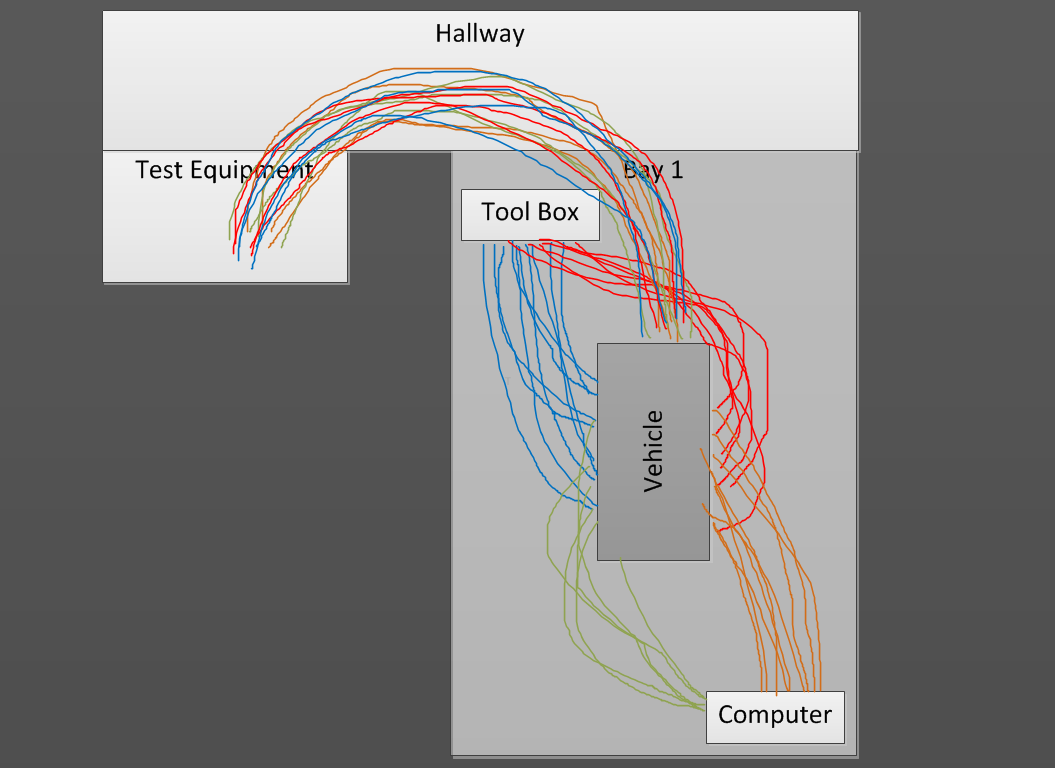
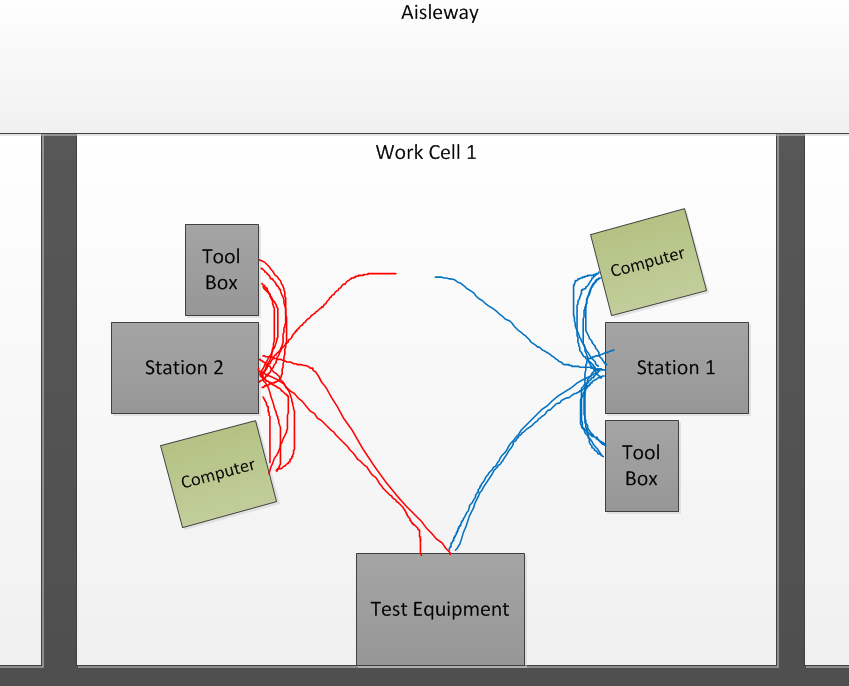
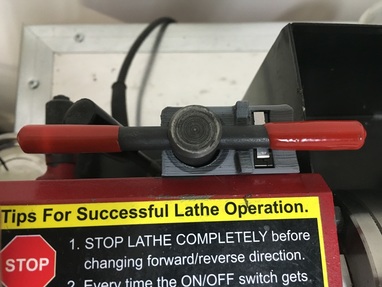
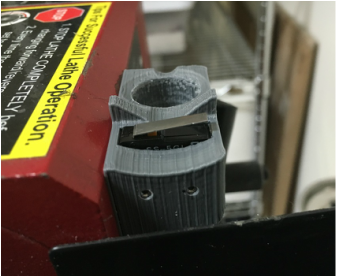
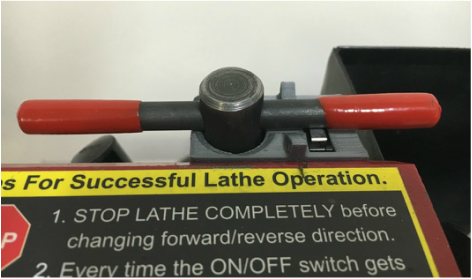
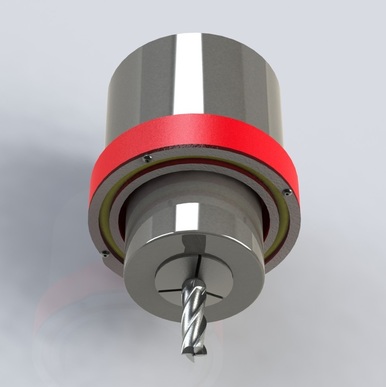
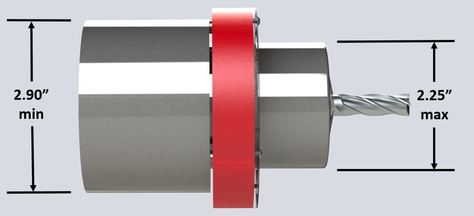
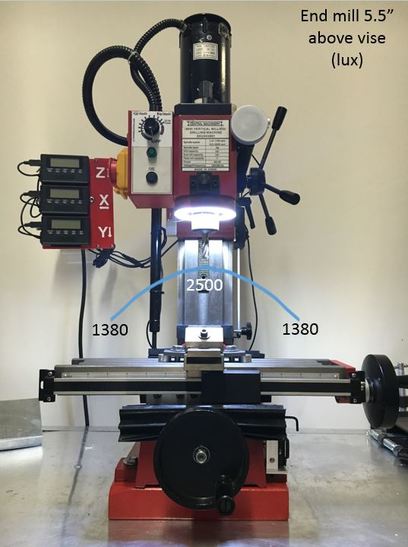
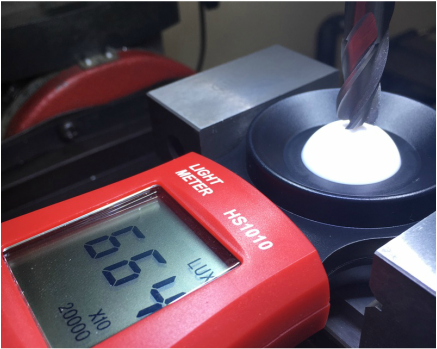

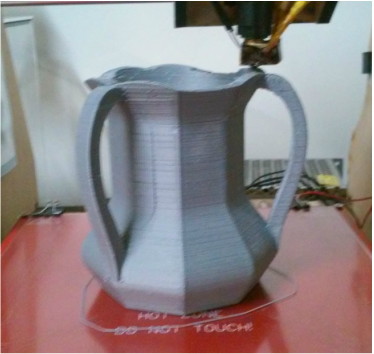
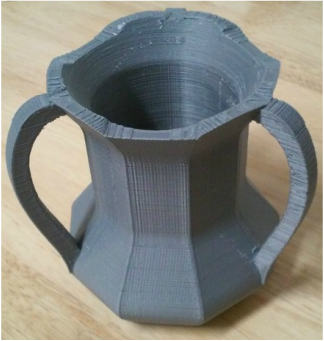
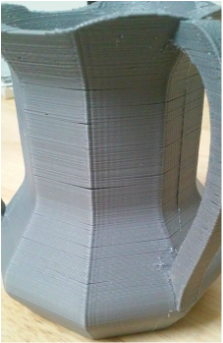
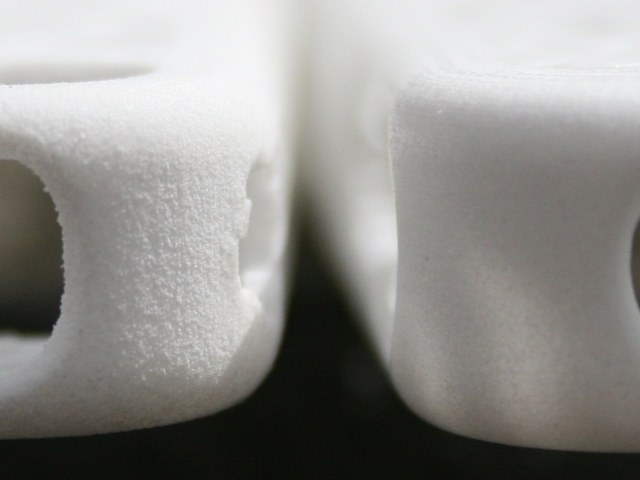
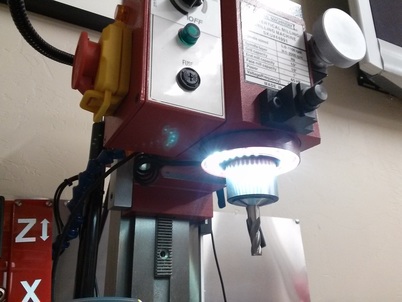
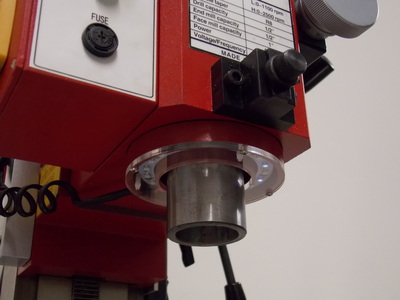
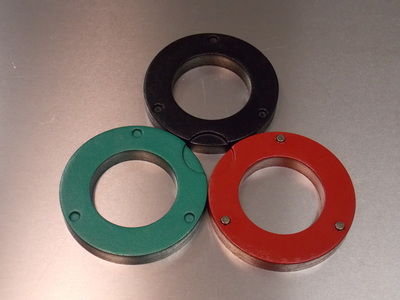
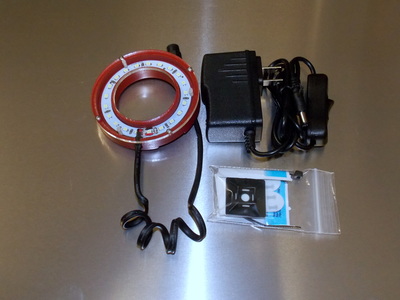
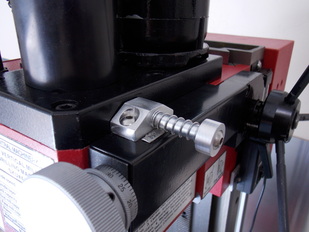
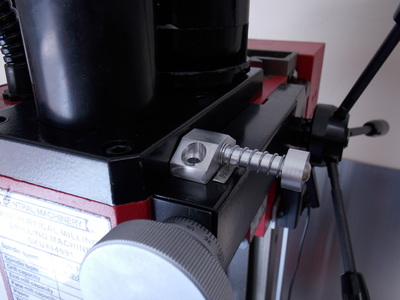
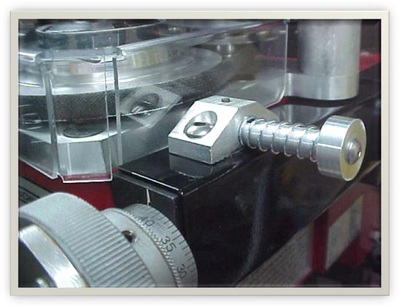
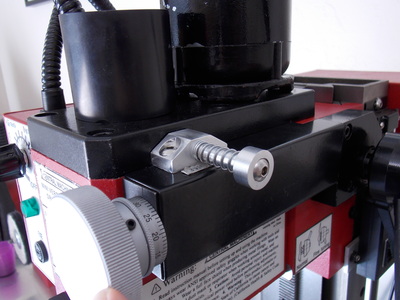
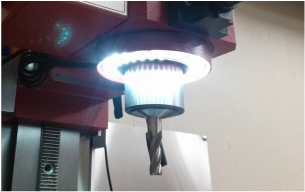
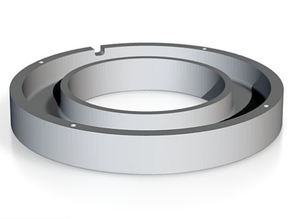

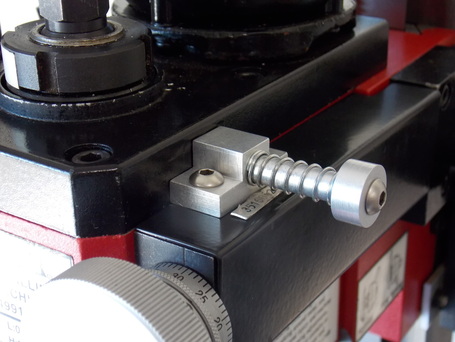
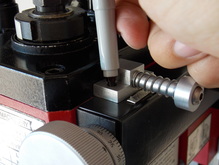
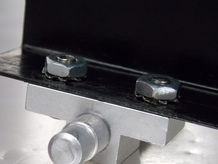
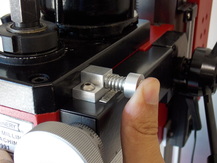

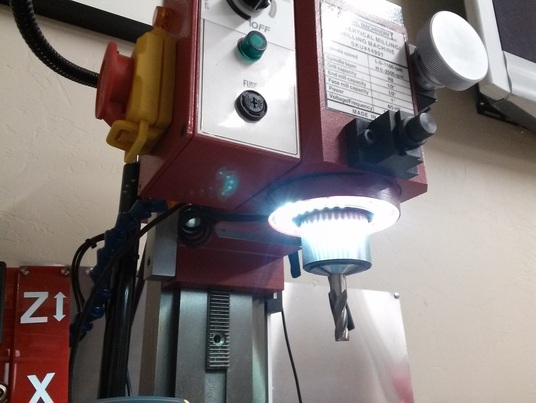
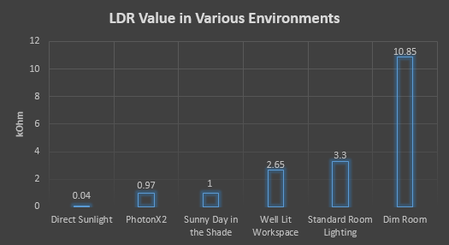
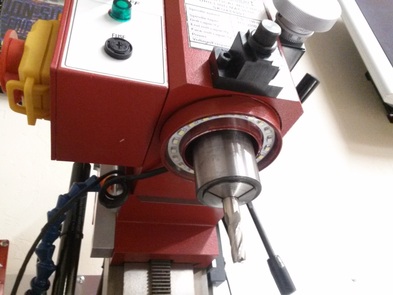
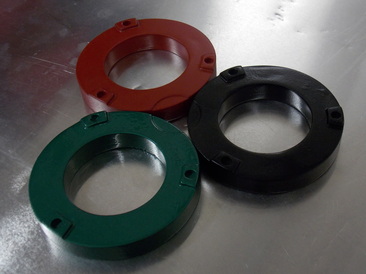
 RSS Feed
RSS Feed